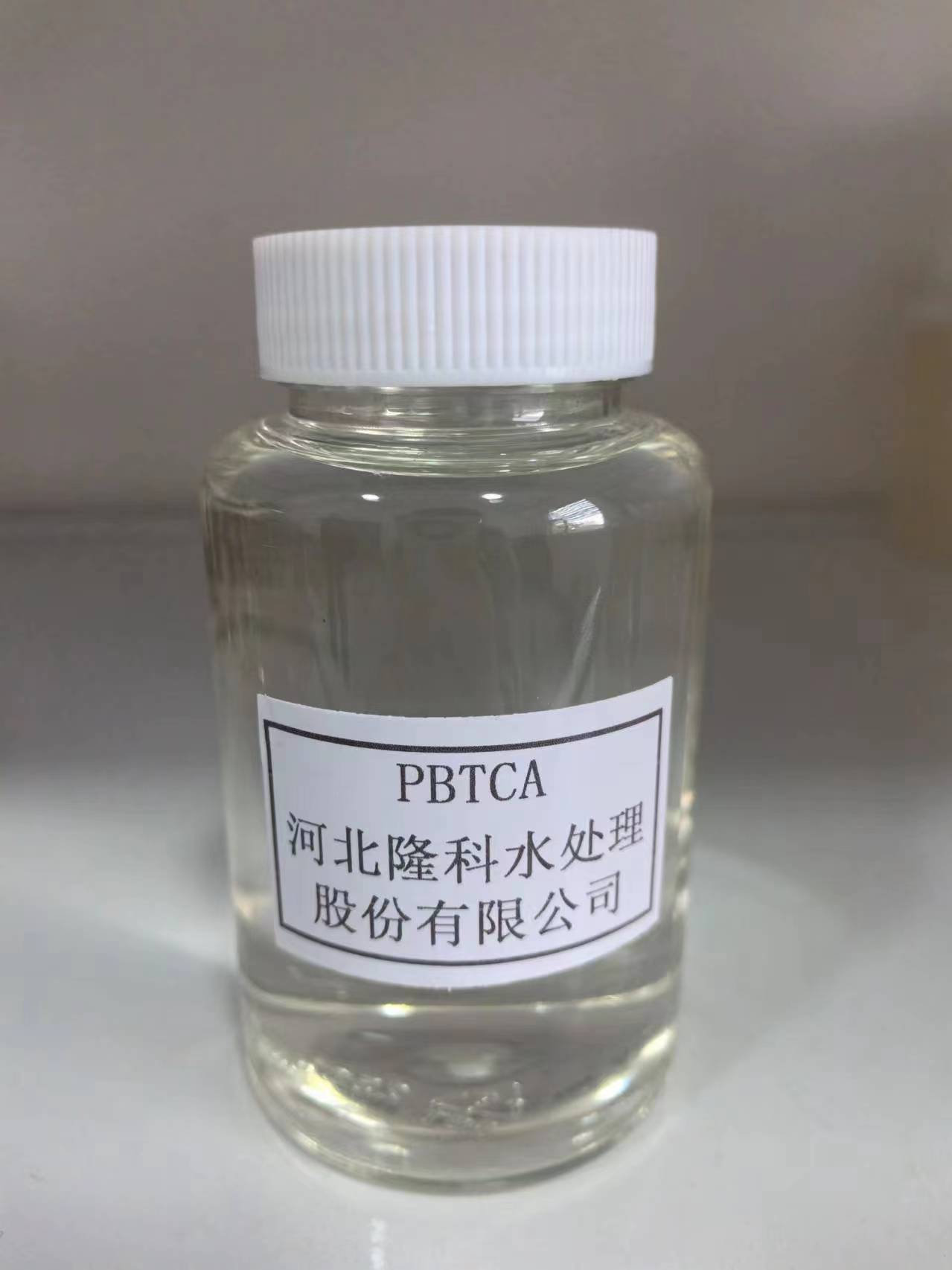Apr . 10, 2024 14:50
Back to list
Phosphonate (PBTC) – The Phosphorus Removal Nemesis phosphonic

Limits for discharging phosphorus are becoming increasingly stringent. I have had more and more conversations with customers having trouble meeting new phosphorus limits. Over the last several years, as water and wastewater treatment professionals, we have become quite familiar with phosphorus. Everyone understands reactive (ortho) and non-reactive (poly) phosphorus, but the devil is in the details.
When you run your digestion total P and subtract the reactive (ortho/PO4) and end with slight non-reactive (poly) everyone is happy. In most cases meeting your P limit is a breeze. What happens when over time your digestion total P test show more non-reactive (poly) phosphate? Non-reactive (poly) phosphate doesn’t easily convert to (ortho/PO4) and in some cases will not convert to reactive at all. Traditional P removal chemistries like ferric and alum aren’t capable to converting metal salt: orthophosphate into FePO4 or AlPO4.

PBTC
Phosphonates
Enter phosphonates. This is a relatively new type of phosphorus compound being used more often as an additive in water treatment, car wash, metal cleaners and sanitation chemicals. These phosphonates offer unique properties that enhance the performance of the commercial product. Some of them, NaHEDP and PBTC are even stable in sanitation solutions containing sodium hypochlorite (bleach). These compounds can create serious issues with P removal, which is the true challenge. If you are trying to oxidize non-reactive PBTC into reactive PO4 you’re not going to get very far. This product has been designed to reside in a bleach solution and is not oxidizable. Your best bet is to measure your effluent using HPLC, LC/MS, or GC/NPD to determine if PBTC is present. If it is present, then you will need to find the culprit by looking through your facilities SDS sheets. Ultimately you may need to significantly reduce or even eliminate the source of phosphonate to maintain compliance. In many cases, the only option is to switch back to commercial product formulations that contain more traditional forms of phosphorus like SHMP, STPP, etc. These can be more readily converted to orthophosphate and removed from wastewater by either biological or chemical means.
Popular Phosphonate Compounds
- 1-Hydroxyethylidene, 1-Diphosphonic Acid (HEDP)
- Tetrasodium 1-Hydroxyethylidene
- 1-Diphosphonic Acid (NaHEDP)*
- 2-Phosphonobutane-1,2,4-tricarboxylic acid (PBTC)*
- Aminotris methylene phosphonic acid (ATMP)
* very stable in high oxidizing environments
Share
Latest news
-
Understanding Polycarboxylic Acids: Properties, Applications, and Future PotentialNewsJul.28,2025
-
Scale Inhibitor Explained: How to Protect Your System from Limescale and Hard Water DamageNewsJul.28,2025
-
Scale and Corrosion Inhibitors: Essential Chemicals for Industrial Water System ProtectionNewsJul.28,2025
-
Polyaspartic Acid: A Biodegradable Polymer for Sustainable ChemistryNewsJul.28,2025
-
Isothiazolinones: A Versatile Antimicrobial Class with Industrial Power and Regulatory ChallengesNewsJul.28,2025
-
A Deep Dive into 2-Phosphonobutane-1,2,4-Tricarboxylic Acid (PBTC)NewsJul.28,2025






